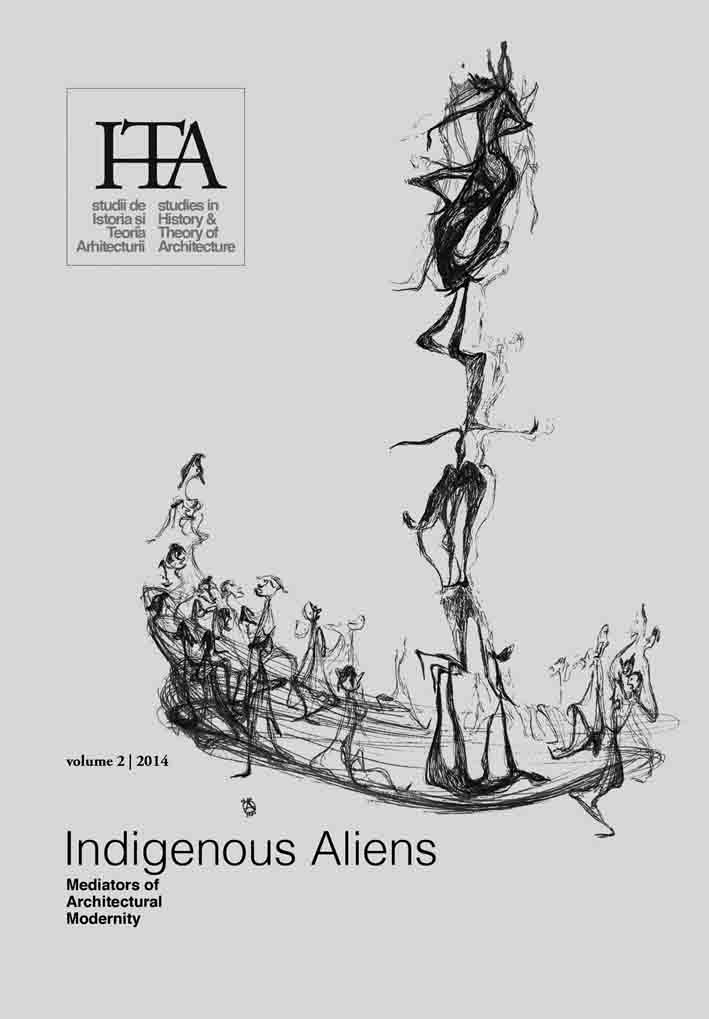Re-viewing and Reimagining Paul Rudolph’s Brutalist Architecture in the USA and Southeast Asia
Re-viewing and Reimagining Paul Rudolph’s Brutalist Architecture in the USA and Southeast Asia
Author(s): Kelly Haigh, Anna Dempsey, Ben YoutzSubject(s): Architecture
Published by: Universitatea de Arhitectură şi Urbanism »Ion Mincu«
Keywords: modern architecture, Paul Rudolph, Brutalism, campus architecture, place-making, concrete
Summary/Abstract: In a recent New York Times article (April 7, 2012), Theodore Dalrymple described late modern expressionist (“brutalist”) buildings as “as absolutely hideous, like scouring pads on the retina.” Paul Rudolph, Walter Gropius’ pupil and the U.S. architect most closely associated with this muscular style, has often been the recipient of such harsh criticism. Although his well-known design for Yale’s Art and Architecture Building (1963) was initially celebrated, by the 1970s Rudolph had vanished from the American “architectural scene.” While he continued to work on select projects such as the Southeastern Massachusetts Technological Institute (which has been largely ignored until Timothy M. Rohan’s 2014 monograph), Rudolph received many of his prominent commissions from Southeast Asian clients. These include the Bond Center in Hong Kong (1984) and the Dharmala Headquarters in Jakarta, Indonesia (1982). One could argue that his Southeast Asian designs represent the “progressive erasure of local and national characteristics” and should be dismissed as first-world incursions into the non-Western landscape. Such conclusions represent not only a fundamental misunderstanding of modernism as a singular, Euro/North American style, but also of Rudolph’s design philosophy. As this paper will argue, the architect’s designs for SMTI and the Dharmala Headquarters share Rudolph’s sensitivity to social context and urban setting. Rather than erasing local identities, he practised a kind of negotiated modernism—one that reflected his commitment to urbanism and to the local setting. Moreover, as the authors argue in the second half of this paper, Rudolph’s Brutalist works readily lend themselves to reinterpretation. They conclude that designLAB’s recent renovation and transformation of SMTI/University of Massachusetts Dartmouth library serves as a model for other brutalist structures in the U.S. and Asia.
Journal: sITA – studii de Istoria şi Teoria Arhitecturii
- Issue Year: 2014
- Issue No: 2
- Page Range: 140-162
- Page Count: 23
- Language: English

